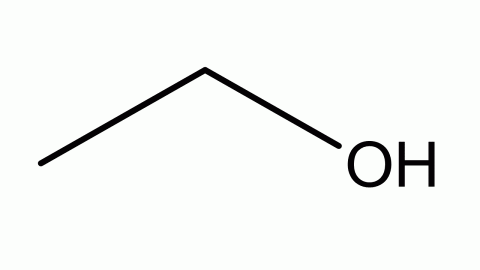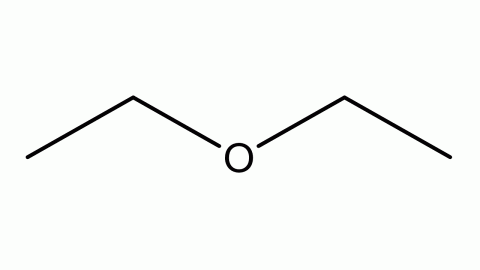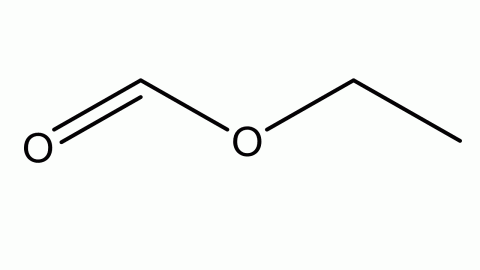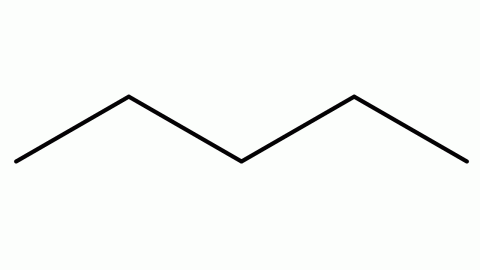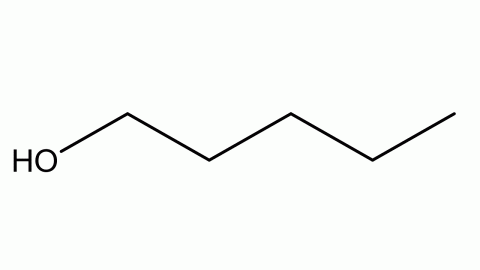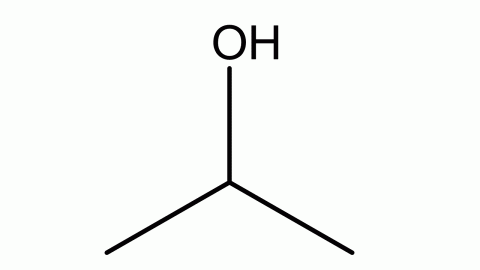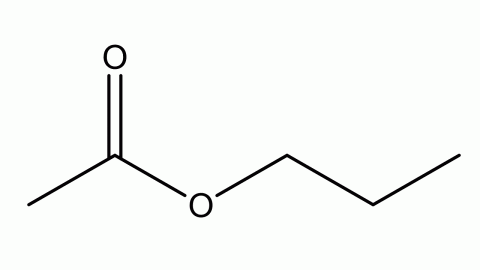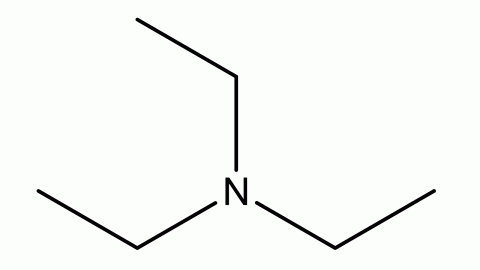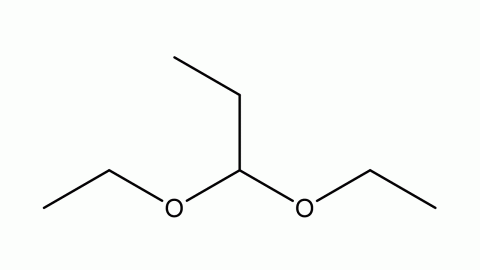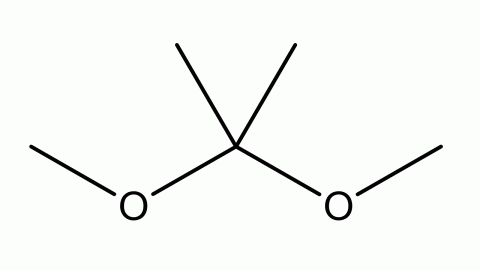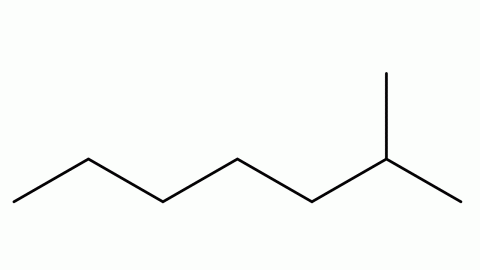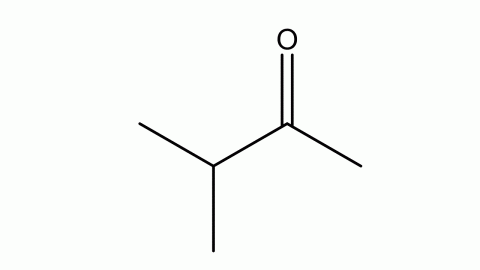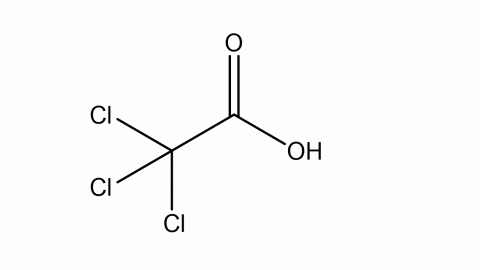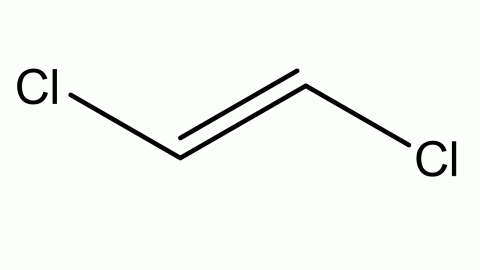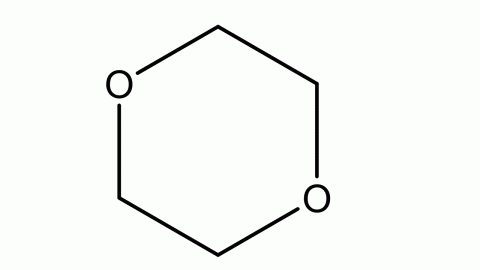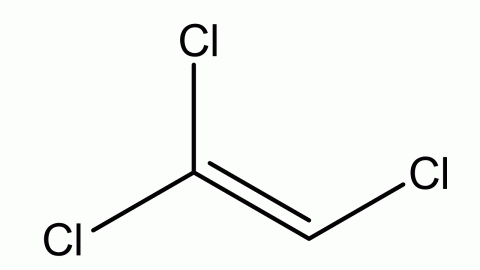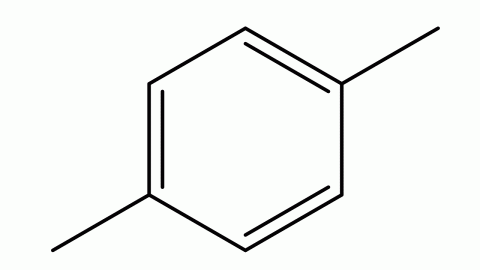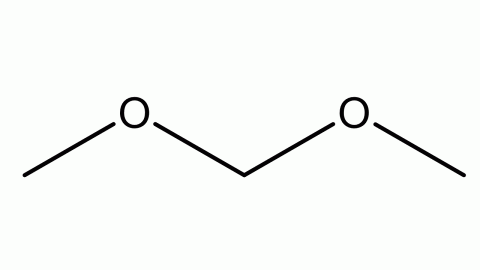Filter sub products categories alphabetically
Residual solvents are volatile organic compounds that remain in excipients, active pharmaceutical components, or medicinal products after they have been manufactured. The amount of residual solvent is measured using chromatographic techniques such as gas chromatography. Solvents are widely utilized in the manufacture of products in a variety of industries, including insecticides. Although most solvents are eliminated during the production process, residual amounts may remain in the product. If class 1 solvents are expected to be present, they must be recognized and quantified. If class 2 solvents are found in amounts greater than their limits, they should be recognized and quantified. If only class 3 solvents are present, a nonspecific method such as loss on drying can be utilized.
The International Conference on Harmonisation (ICH) issues a guideline (Q3C) outlining the allowable amount of residual solvents that may be present. This guideline classifies residual solvents based on their toxicity and degree of environmental concern.
The three major types of solvents are:
Class 1: Solvents to be Avoided
Solvents are recognized human carcinogens that can harm the environment and endanger consumers. They must not be used in the manufacturing of drug substances, excipients, or drug products unless a risk-benefit analysis justifies it. The concentration limits of these solvents in pharmaceutical products are usually between 2 and 8 ppm, except for 1,1,1-trichloroethane, which is an environmental hazard.
Class 2: Solvents to be limited
Solvents are non-genotoxic animal carcinogens that cause less severe toxicity. Solvents of this type should be limited in pharmaceutical goods to protect patients from potential side effects. These solvents have concentration limitations of 50–3880 ppm.
Class 3: Class 3 solvents have low toxic potential.
Solvents having a low hazardous potential are regarded as less damaging to human health than class 1 and class 2 solvents. Depending on their toxicity, these solvents can be classified as sum parameters using loss on drying. Because the loss on drying test is an unspecific test, the limit is assumed to be the overall limit of all class 3 solvents, i.e., less than 5000 ppm. There are additional limits to approach the loss-on-drying test; in most circumstances, a specialized procedure is required.
Methods for Residual Solvent Analysis:
- Loss on drying:
Measuring a sample's weight loss after heating (loss on drying) is an old and straightforward method for determining the volatile residue content. However, this approach is non-specific and requires many grams of substance to attain a detection limit of approximately 0.1%. Atmospheric humidity can substantially impact weight loss.
- FTIR (Fourier transform infrared spectroscopy):
Residual tetrahydrofuran, dichloroethane, and methylene chloride in polymer samples are determined using infrared spectroscopy (IR) and Fourier transform infrared spectrometry (FTIR) by measuring the typical solvent bands in the spectrum. The most typical limiting issues are high detection limits (over 100 ppm) and a lack of precision at low concentrations.
- Thermogravimetric Analysis(TGA):
The thermogravimetric analysis measures concentrations below 100 ppm with just a few milligrams of material. Differential Thermal Analysis (DTA) and Differential Scanning Colorimetry (DSC) are advanced procedures for identifying residual solvents.
- Gas Chromatography(GC):
Nowadays, gas chromatography (GC) is the preferred approach due to its superior separation performance and low detection limits (up to ppb) for residual solvent detection. Gas chromatography is a rapid and accurate means to detect residual solvents. The mixture is separated into two phases: a stationary phase and a mobile phase gas, also known as a carrier gas, which transports the mixture through the stationary phase. As they move through, chemicals in the mobile phase interact with those in the stationary phase. Each component has a unique structure and set of characteristics; therefore, each interaction with the stationary phase has a distinct affinity and degree. As a result, even with the same pushing power, the retention time of individual components in the column varies, leading them to exit in varied sequences. When all other components of the sample evaporate at low temperatures and the assessed sample is soluble in organic solvents with low boiling points, the direct injection method can be applied. This technique takes more time than headspace chromatography. Headspace analysis is a technique for collecting semi-volatile and volatile chemicals that come in two forms: static and dynamic.
- Static headspace sampling
A vial is filled with a liquid or solid sample and then heated. A single aliquot of gas is taken from the sample and sent for gas chromatography. A gas sample is obtained once the gas and liquid (or solid) phases have reached equilibrium. For decades, this method has been used to analyze volatile organic chemicals in the environment, as well as flavors and fragrances.
- Dynamic headspace sampling
Dynamic headspace sampling involves passing carrier gas through a liquid sample, trapping volatile analytes on a sorbent, and desorption on gas chromatography. This approach is well-known and confirmed. This approach is ideal for analyzing volatile organic chemicals at inadequate concentrations (ppb and ppt) in aqueous matrices.
